CDC supports Kenya’s COVID-19 surveillance and response
Summary
- CDC and the Government of Kenya have collaborated for over 40 years. When the COVID-19 pandemic began, Kenya was able to adapt foundational surveillance and laboratory platforms to detect SARS-CoV-2, the virus that causes COVID-19.
- CDC leveraged technical skills and trusted partnerships to build sustainable public health capacity at the national and county levels.
- In 2013 CDC supported Kenya’s National Public Health Emergency Operations Center (PHEOC) and expanded its efforts during the COVID-19 pandemic. The PHEOC provided a strong foundation for the country’s COVID-19 surveillance and response.
- The first case of COVID-19 in Kenya was confirmed on March 12, 2020. The PHEOC played a key role when the U.S. government donated 10 million vaccines to Kenya through the COVID-19 Vaccines Global Access (COVAX) initiative. This donation accounted for 39% of all vaccines donated to the country.
- The collaboration between CDC and the Kenyan government continues to substantially scale-up of the Kenyan government’s capacity to respond to serious public health threats.
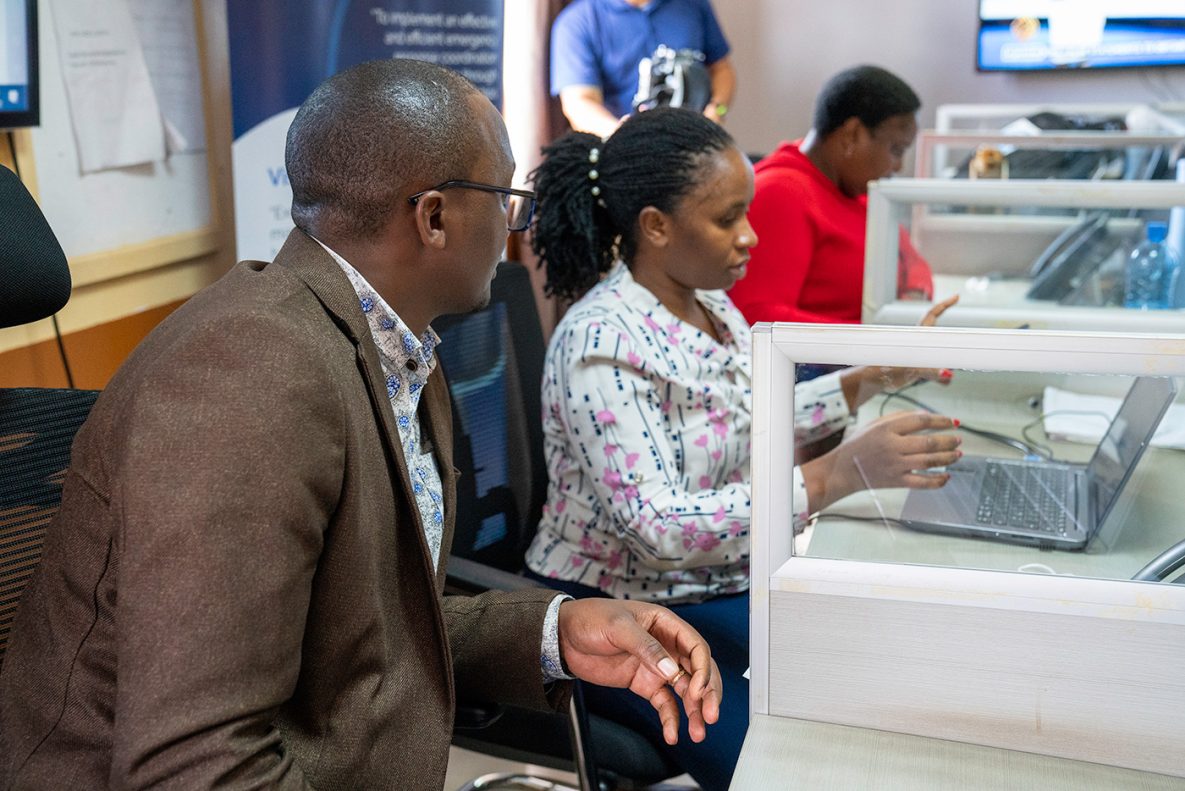
Kenya leveraged CDC investments (which began in 2013) to save lives during the COVID-19 pandemic. Expansion of technical support to the country’s Public Health Emergency Operations Center (EOC) includes the installation of 18 county PHEOCs that cover 48% of the population, and an Emergency Operations Center (PHEOC) within Kenya Prisons Services. Photo: Santos Sanchez/CDC
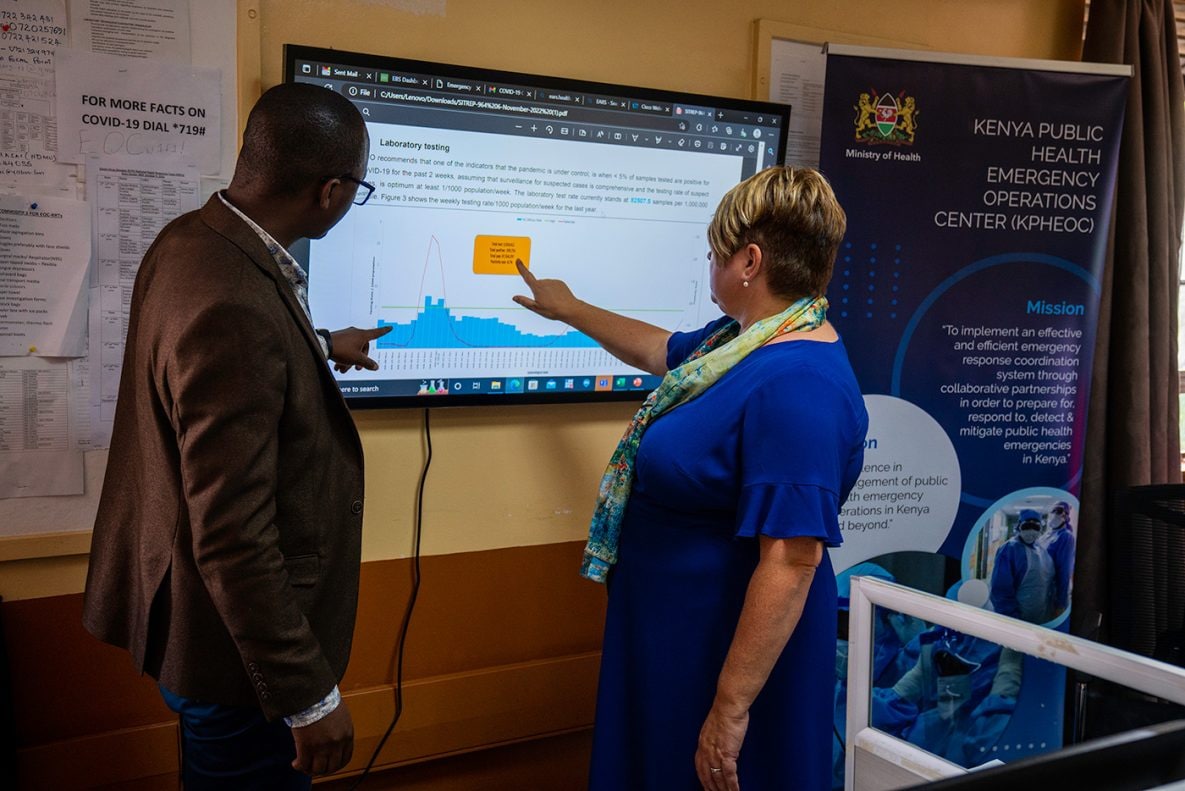
The PHEOC provided a strong foundation for the country’s COVID-19 response. Kenya confirmed its first case of COVID-19 on March 12, 2020. Photo: Santos Sanchez/CDC
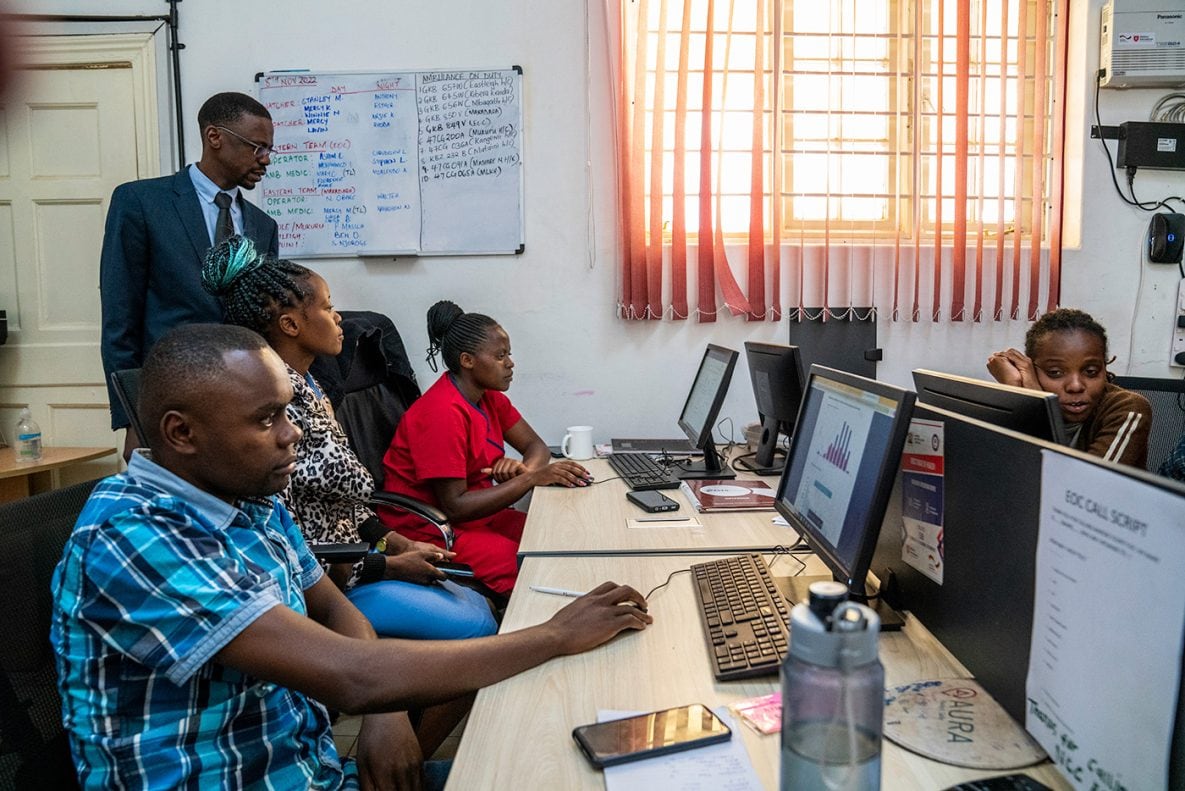
CDC worked with the PHEOC to develop COVID-19 situation reports, monitor rumors, set up a call hotline, improve surveillance, and manage human resources for COVID-19 across Kenya. Photo: Santos Sanchez/CDC
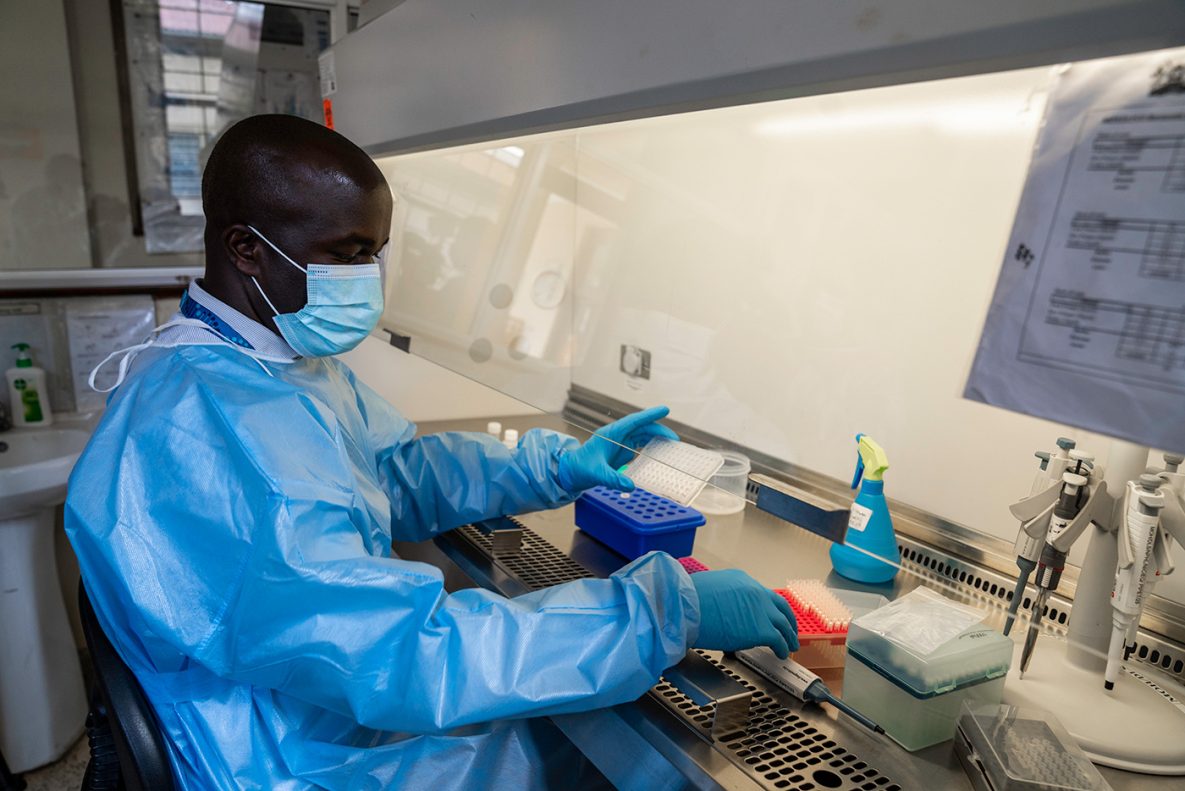
CDC and Kenya’s 40-years of collaborative work shows the importance of trusted partnerships to build sustainable public health capacity that informs global health response. Surveillance and laboratory platforms in Kenya were quickly adapted to detect SARS-CoV-2, the virus that causes COVID-19. Photo: Santos Sanchez/CDC
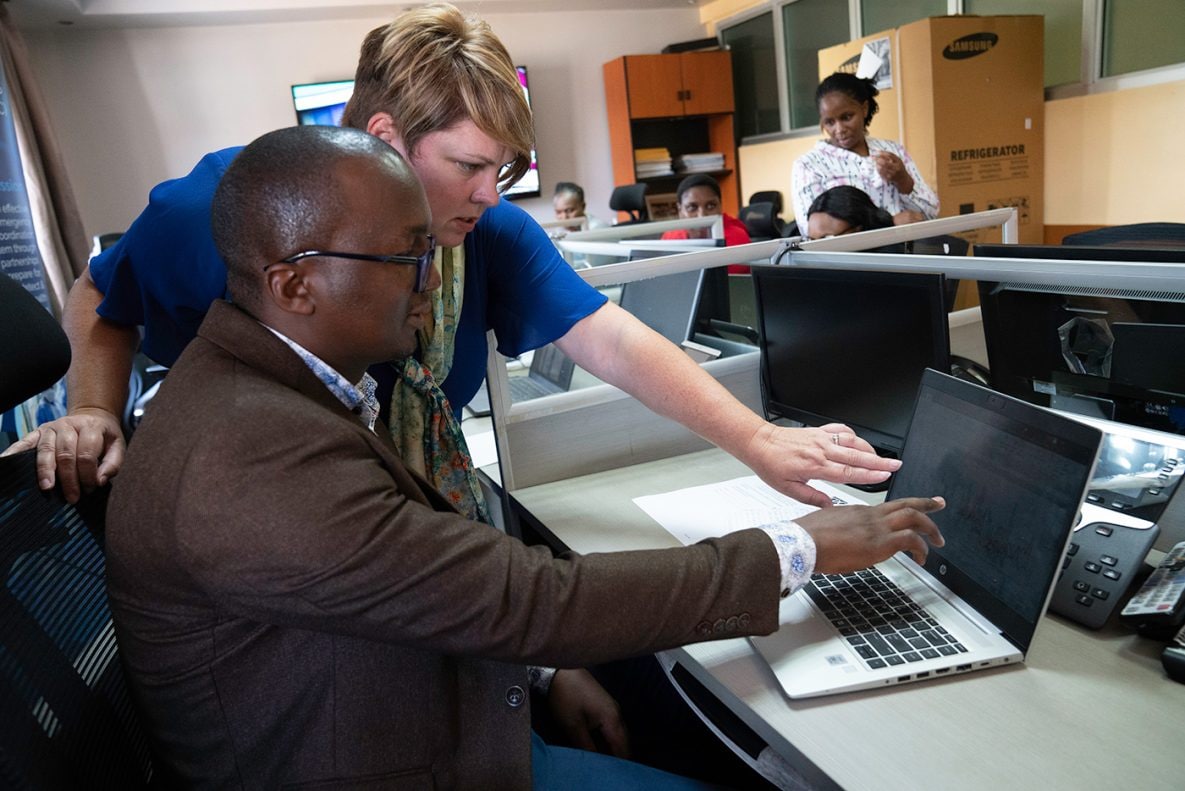
CDC Kenya acting Country Director Dr. Amy Herman-Roloff said, “CDC supported Kenya port health authorities to slow the spread of COVID-19, to monitor disease progression, and to train public health employees positioned at more than 20 points of entry, such as airports, land borders, and ports.” Photo: Santos Sanchez/CDC
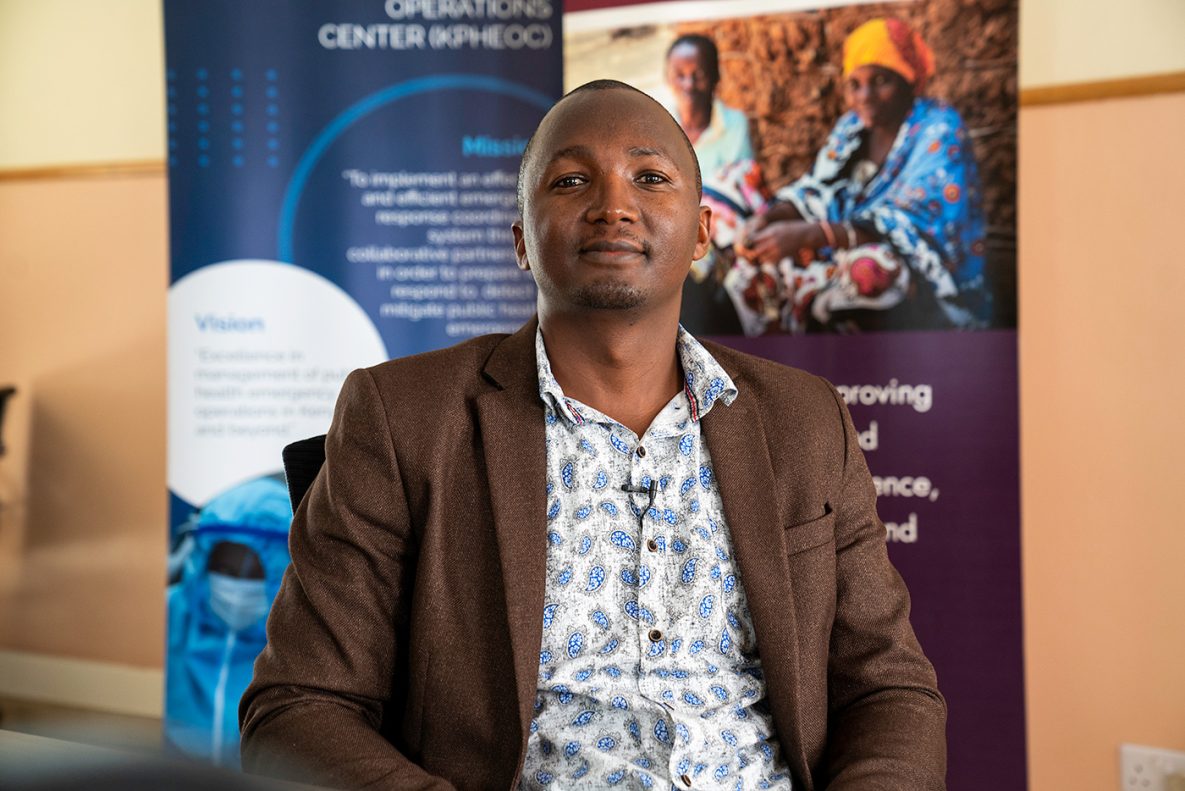
Dr. Charles Mulwa, epidemiologist at the Kenya National PHEOC, received training in the United States. “I was among four Kenyans who traveled to CDC’s headquarters in Atlanta to participate in the public health emergency management fellowship,” Mulwa said. “In Kenya, CDC trained national and county staff on how to use data in decision making, a key function of disease surveillance and response.” Photo: Santos Sanchez/CDC
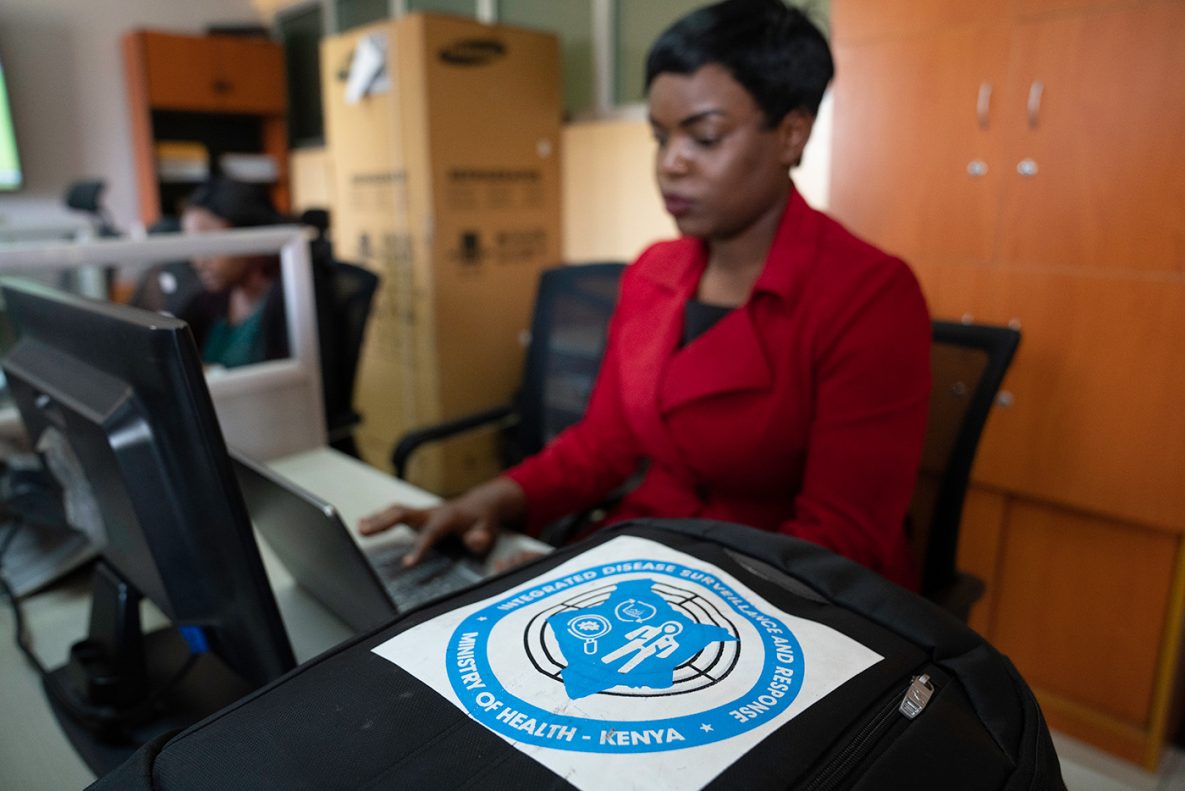
The PHEOC expansion during COVID-19 response allowed for better coordination between regional and the national PHEOC during an especially critical time. Photo: Santos Sanchez/CDC
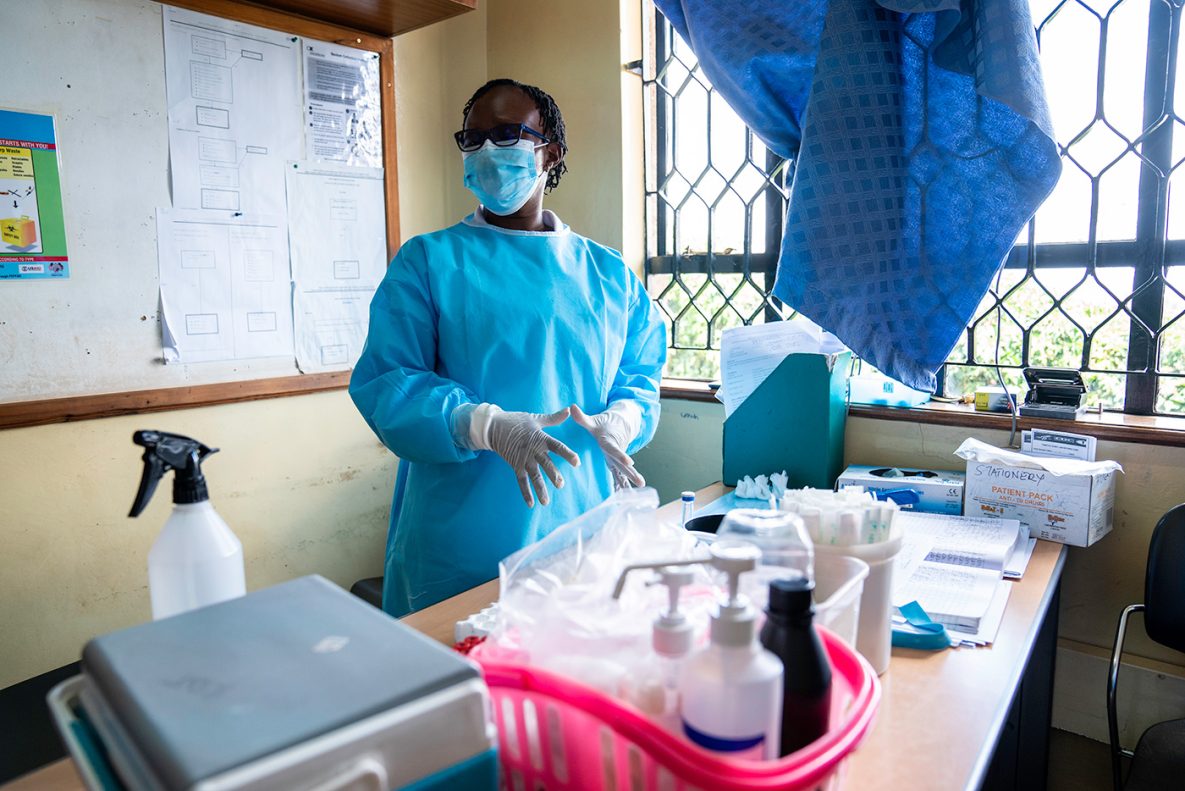
The national PHEOC also played a key role when the U.S. government donated 10 million vaccines to Kenya through the COVID-19 Vaccines Global Access (COVAX) initiative. This donation accounted for 39% of all vaccines donated to the country. Photo: Santos Sanchez/CDC
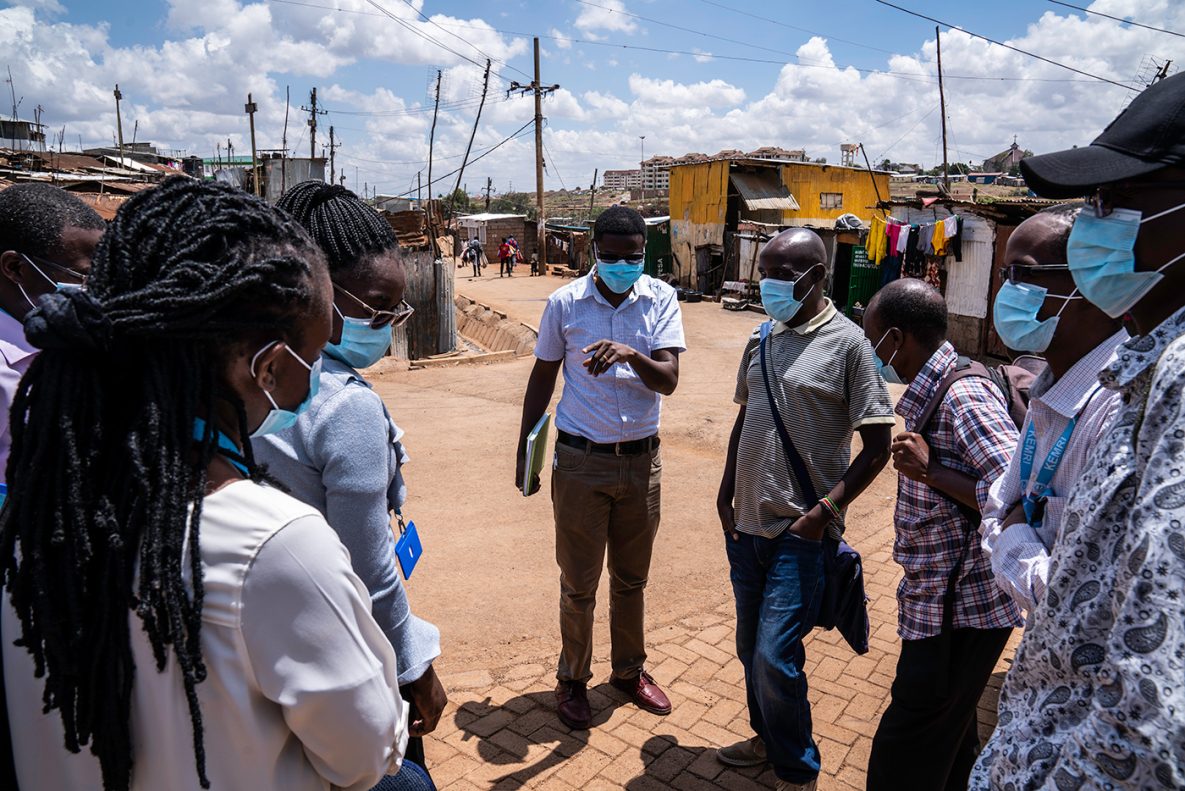
CDC and Kenya continue to strengthen the country’s capacity to detect, prevent and respond to public health threats. When countries control local and national public health threats, they lower the chance of an outbreak spreading worldwide. Photo: Santos Sanchez/CDC